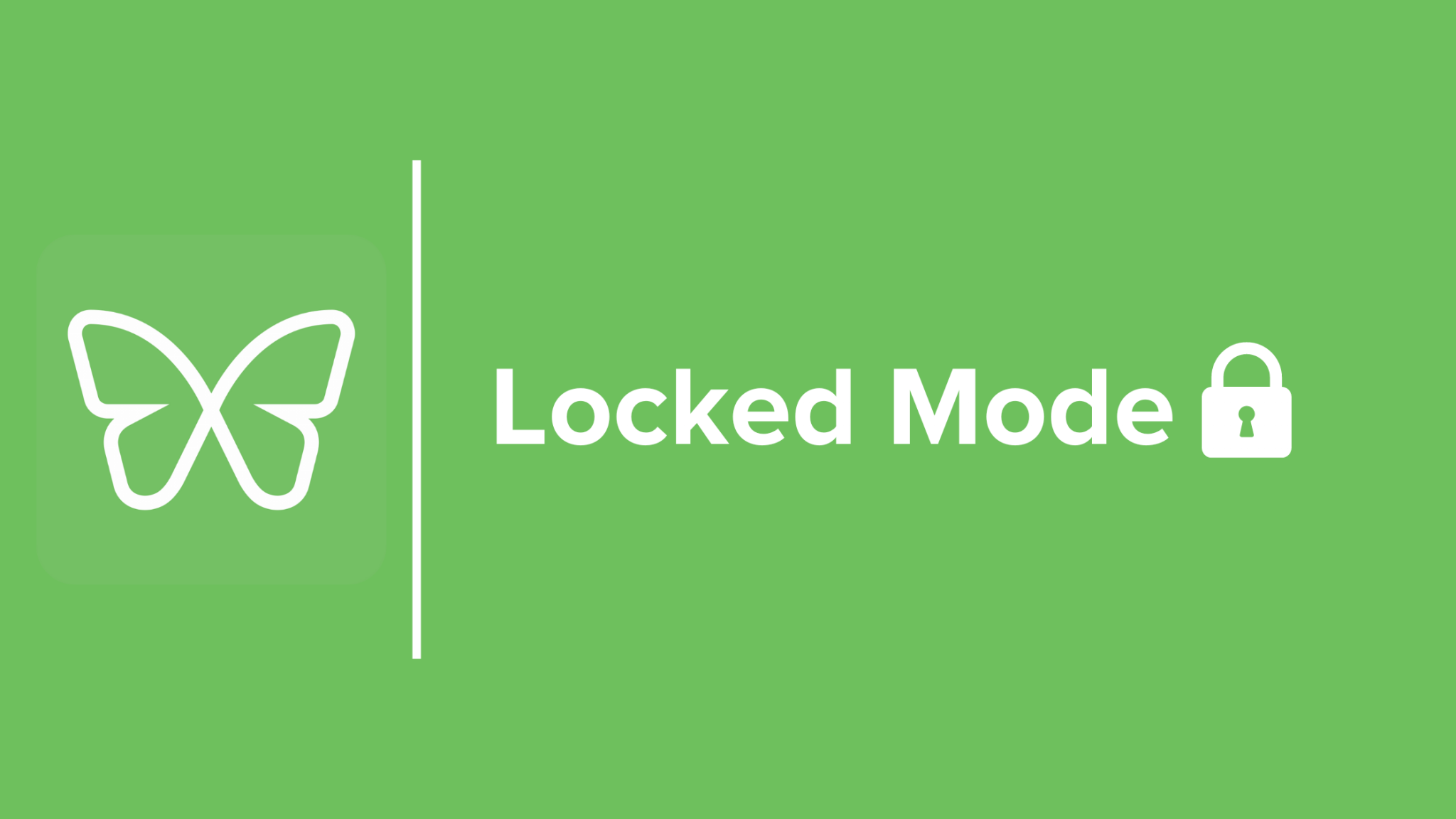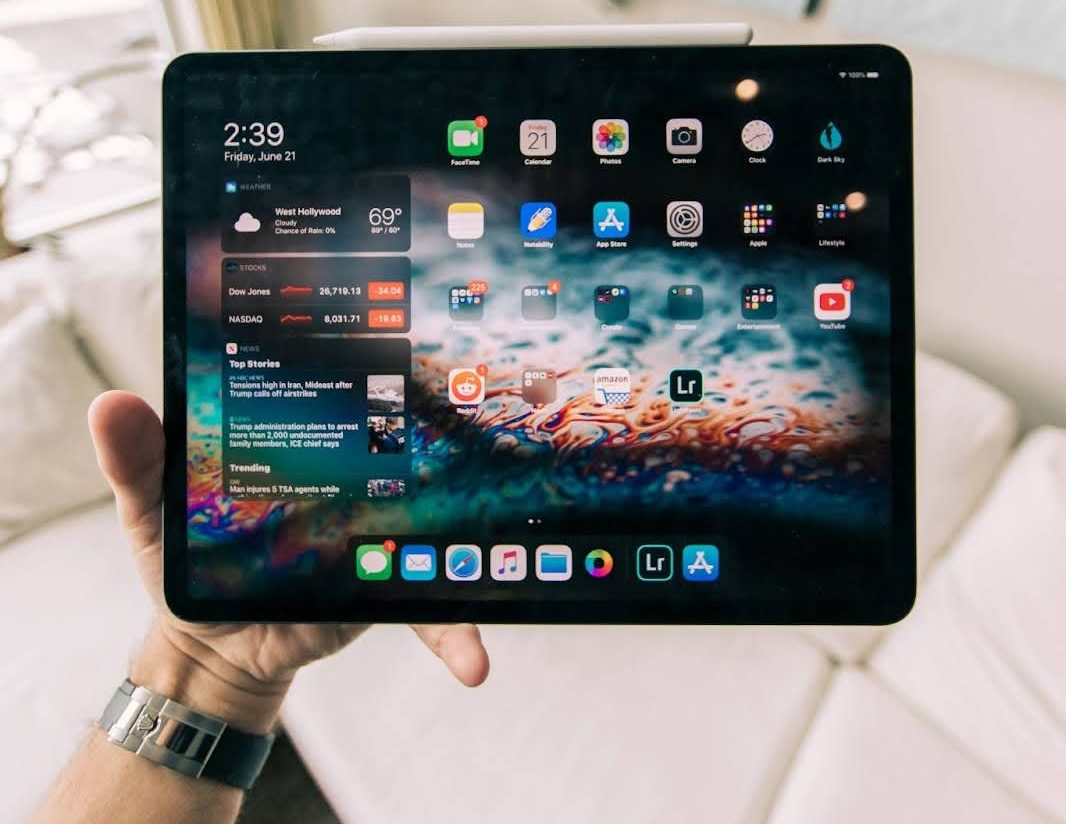Seeking Solace in Screens: Understanding and Controlling Emotional Dependency On Our Devices

Have you ever found yourself trying to avoid an uncomfortable situation, whether it’s a work task that’s not so inspiring or a socially stressful environment, by opening social media or another digital entertainment platform?
It’s actually quite common – a wide range of emotional triggers drive us to our devices.
But why do we seek emotional comfort in screens and digital platforms? Today we’re exploring how to recognize and control emotional triggers, and mapping out healthier alternatives to screen time that address your feelings.
Understanding the Desire for Emotional Comfort
There are many psychological explanations behind seeking emotional comfort on your screens, whether they provide you instant gratification, a sense of escapism, or social validation without you fully realizing it. According to Dr. Nir Eyal, author of Hooked: How to Build Habit-Forming Products and Indistractable: How to Control Your Attention and Choose Your Life, users are prompted to engage with a digital platform through two kinds of triggers.
“We have the external triggers and the internal triggers,” Dr. Eyal said in an interview with Freedom. “External triggers: these are the usual suspects: the pings, the dings, the rings, everything in our outside environment that can lead us to distraction.”
For example, when you respond to the external trigger of a notification for a new show on Netflix, your brain emits a rush of dopamine. The more you respond to external triggers and engage with a platform, the more likely you are to begin opening a platform through internal triggers to subconsciously seek that dopamine rush over and over again until you’re hooked.
“Internal triggers are uncomfortable emotions that we seek to escape from: loneliness, boredom, fatigue, uncertainty, stress, anxiety,” says Nir. “This is why we get distracted, why we procrastinate. There’s nothing wrong with you, it’s simply that you haven’t learned the skill set for dealing with uncomfortable emotional states.”
To avoid an unpleasant emotion or situation, you may open a digital entertainment platform to subconsciously receive that dopamine. These platforms provide an instantly comforting solution to the real-world stress that arises from a variety of situations, whether you feel anxious sitting alone in a restaurant, need to escape a difficult conversation with your partner, or want to avoid a challenging work issue.
A study found that individuals with social media action are more likely to choose emotion-focused coping over problem-focused coping to alleviate stress. That means they simply reduce the emotional severity of the problem rather than fixing the problem itself. Instead of confronting your uncomfortable emotions head-on, you’ve created a habit of checking your devices instead to escape them. But that doesn’t make these feelings go away; it just pushes them to the side for a momentary period until they boil over.
Furthermore, another study found that individuals who habitually use social media may find themselves nervous, irritable, anxious, or sad when deprived of access to social networking sites. This is a clear sign of emotional reliance on digital distractions. But how do you go about breaking the habit?
Identifying Emotional Triggers of Screen Time
Before you can manage your emotional reactions, you need to identify your personal triggers when it comes to digital distractions. There are a few steps you can take to sit with your emotions and thoughts.
The first step is developing compassionate self-awareness of your emotional triggers. Everyone has them, and Identifying your personal triggers takes time, so it’s important to be patient with yourself as you pay attention to your emotional and physical reactions to different situations. Do you snap at others or retreat within yourself? Does your face feel hot, your heart race or your voice tighten?
Next, reflect on past experiences that led to a strong emotional reaction. What triggered your emotions? Are there any common themes to these events? Then ask yourself why you feel a certain way when you experience a strong emotion like anger or sadness in the present moment. What led to that emotion? How do you deal with it? Over time, you may notice patterns appearing.
For example, social media platforms trigger your Fear Of Missing Out (FOMO) to pressure you to maintain connections by answering messages, participating in online trends, or staying up-to-date on the news. The anxiety of FOMO continues pushing you back to an app despite feeling overwhelmed.
Feeling socially awkward in a group setting may trigger you to escape to comment on a Twitter/X thread, thus building your own wall of isolation. Despair from reading the news may trigger you to watch comedian compilations on YouTube to distract your feelings of sadness and helplessness.
Fear of failure may trigger you to procrastinate starting an essay and updating your vision board on Pinterest instead. After you’ve procrastinated on a project, you may feel guilty for wasting time and even more stressed at giving yourself a shorter deadline to work under high pressure. Yet you still find it hard to avoid screen time.
Once you recognize your own emotional triggers of screen time, you’ll be able to take concrete steps to cope with these feelings effectively and develop healthier responses. According to Dr. Nir Eyal, as you gain greater emotional control, you’ll soon become “indistractable” to the different platforms that demand to distract your attention from your current situation and emotional state.
“That’s what becoming Indistractable is all about,” said Nir Eyal in a Freedom podcast episode. “It’s about learning how to persevere through that discomfort. That’s the real source of the problem. It’s not Facebook. It’s not your email. It’s not the television. It’s getting to the root cause of the problem, the emotions that we are trying to escape when we get distracted.”
Managing Digital Distractions and Controlling Your Emotional Triggers
So when you feel emotionally triggered, what can you do instead of turning to distracting digital platforms? Here are a few of our favorite solutions:
- Practice Positivity: If you notice yourself often using negative self-talk in your mind, try to replace self-critical thoughts with self-compassionate encouraging positive self-talk as if you were supporting a beloved friend. Studies show positive self-talk improves cognitive performance to help you persevere through difficult moments.
- Use a Trigger tracking app: Apps like Moodfit prompt you to identify your emotions and the events that triggered them. However, it may feel tempting to hop from this digital well-being tool to a social media platform directly afterward.
- Setup Screen Time Management Strategies: Most social media platforms allow you to set up notifications that let you know how much time you’ve spent on that app. This can help you be more mindful of your screen time.
- Create Clear Boundaries: Be firm in establishing boundaries for the times and places you will allow yourself to engage in digital platforms. Whether you decide to keep your phone out of the bedroom, ban Netflix before bedtime, or stay off social media until you’ve finished work for the day, do your best to stick to those limits. However, the human will has its limits.
- Block Your Digital Distractions: When you find yourself struggling with distractions, Freedom is a digital well-being tool that allows you to create customized blocklists of distracting apps and websites to keep you offline for a time period of your choosing.
- Explore Emotional Regulation Strategies: Emotional regulation allows you to confront your uncomfortable emotions head-on and actually change your reactionary behaviors to those emotions. Here are several strategies that can help you begin improving your emotional regulation.
No one’s process to manage digital distractions looks the same; you’re free to choose a blend of solutions that feel right for you. As you begin using a variety of these tools, what can you do to fulfill your emotional needs?
Addressing Your Emotional Needs
There is an abundance of healthy alternatives to screen time that can grant you a sense of fulfillment, regulate your emotions, and enrich your inner world. Engaging in passion projects and self-care can help you move away from the emotional triggers of digital distractions and be more comfortable in yourself.
- Mindfulness Techniques: Meditation can help become aware of your emotions in the present, observe your feelings without judgment, and allow thoughts to pass through your mind. Other mindfulness techniques to relax your mind and body include deep belly breathing, daily walks, Qigong, or alternate nostril breathing.
- Keep a Journal: Having a place to write or draw your thoughts and feelings over particular situations will help you release your emotions and simultaneously note your responsive patterns.
- Get Creative: When you find yourself with extra time, flex your creativity through hobbies or projects, like playing music, painting, knitting, or cooking to give you a sense of joy and accomplishment.
- Talk to Someone: Deepen your relationships with friends and family through honest conversations and build a support network. Alternatively, talking to a professional therapist can provide an unbiased perspective and offer you more strategies.
- Get Active: Whether you’re spending time in nature on forest walks, taking a dance class, or exercising regularly, moving your body can be emotionally enriching and improve your focus on mind-muscle connections. Volunteering in your community can also give you a sense of purpose through helping others.
You will always be surrounded by digital distractions, but whenever you face external triggers like notifications or internal triggers like unpleasant emotions or stressful situations, you’ll be able to identify your emotions in the present moment without giving in to the instant comfort of dopamine gratification your device brings.
With the help of digital well-being tools like Freedom, and advice from experts like Nir Eyal, you’ll be Indistractable: able to maintain focus on achieving your goals in spite of your current situation, whether it’s a stressful job assignment, chaotic days with the kids, or an encroaching deadline.
It won’t be easy, but as you regulate and confront your emotions, your reaction will continue empowering you through anything life throws at you. As you treat your inner thoughts and emotions with patient self-compassion, you’ll find deep emotional fulfillment through creative projects, meaningful relationships, and moments that make life worth living
Written by Lorena Bally


